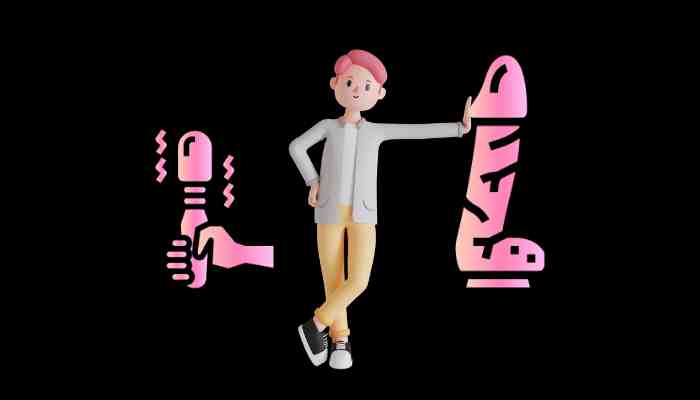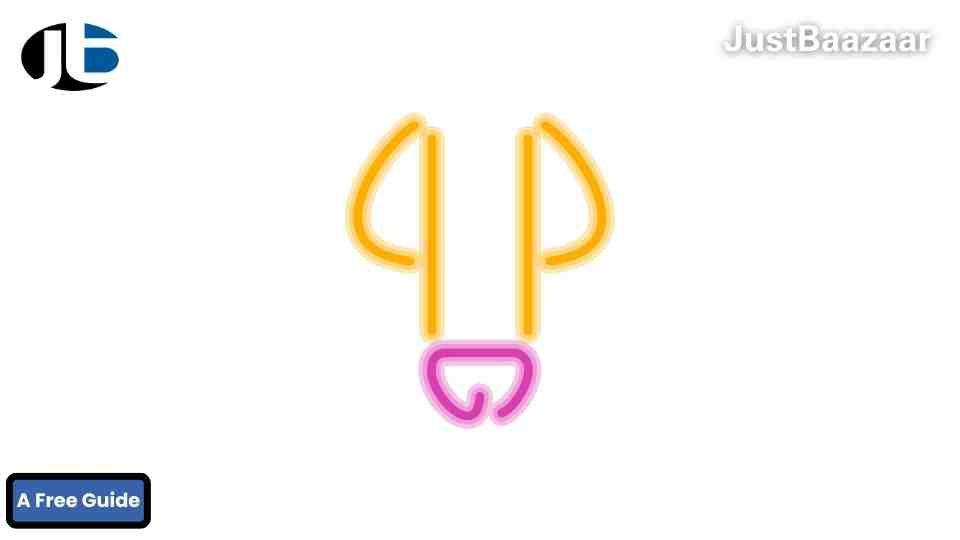Beyond its physical functions, the penis holds significant symbolic value in many cultures worldwide. Let’s delve into how this organ represents more than just anatomy, carrying profound cultural and social meanings related to masculinity, power, and identity.
The Symbolism of the Penis: Exploring Cultural and Social Implications

Masculinity and Virility: In numerous societies, the penis is closely associated with masculinity and virility. Its size, strength, and ability to perform sexually are often seen as reflections of a man’s power and prowess. Consequently, discussions about the penis can evoke notions of masculinity and what it means to be a “real man” within a particular culture.
Cultural Representation: The symbolism of the penis is deeply ingrained in cultural narratives, folklore, and religious traditions. Phallic symbols have appeared throughout history in art, architecture, and religious iconography, representing fertility, creation, and male potency. These representations underscore the penis’s significance as a symbol of life and vitality.
Power Dynamics and Social Hierarchies: In patriarchal societies, the penis is often associated with dominance and control, reinforcing gender-based power dynamics. Discussions about the penis may reflect and perpetuate societal expectations regarding male superiority and female subordination, influencing relationships and social interactions.
Gender Identity and Societal Expectations: The symbolism of the penis can also impact individuals’ perceptions of their own gender identity and role within society. For some, the pressure to conform to traditional notions of masculinity tied to the penis can create feelings of inadequacy or anxiety. Conversely, challenging these norms may lead to a reevaluation of gender roles and expectations.
Sexual Taboos and Social Stigma: Conversations about the penis may be shrouded in taboo and stigma due to its association with sexuality and bodily functions. In many cultures, discussing genitalia openly is considered inappropriate or indecent, contributing to a culture of silence and shame surrounding sexual health and identity.
Challenging Cultural Norms: As societies evolve, there is a growing recognition of the need to challenge traditional gender norms and stereotypes. By critically examining the symbolism of the penis and its implications for gender identity and social expectations, we can work towards creating more inclusive and equitable societies.
Embracing Diversity and Acceptance: It’s essential to recognize that the symbolism of the penis varies across cultures and individuals. Embracing diversity and accepting different expressions of gender and sexuality can lead to greater understanding and empathy, fostering a more inclusive and supportive environment for all.
Conclusion: The symbolism of the penis extends far beyond its physical form, influencing cultural beliefs, social dynamics, and individual identities. By acknowledging and understanding the complexities of this symbolism, we can work towards challenging harmful stereotypes and promoting acceptance, diversity, and equality in all aspects of society

















